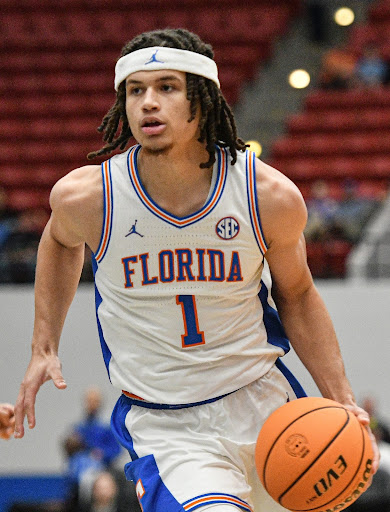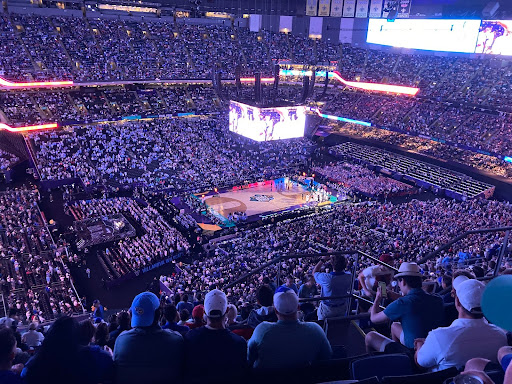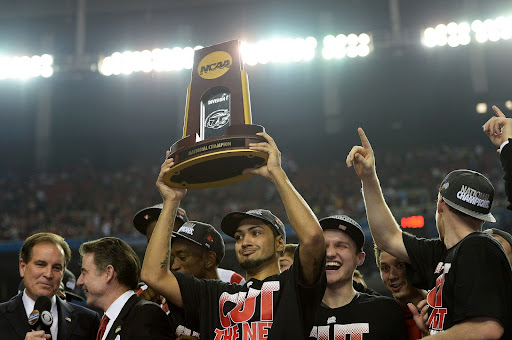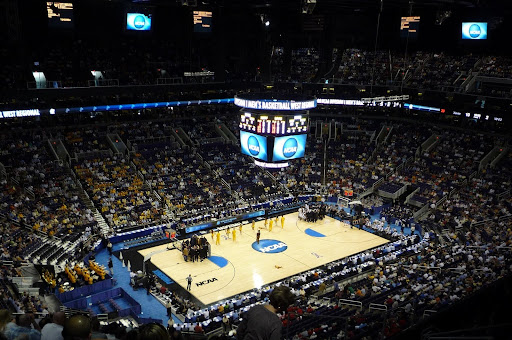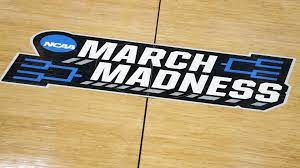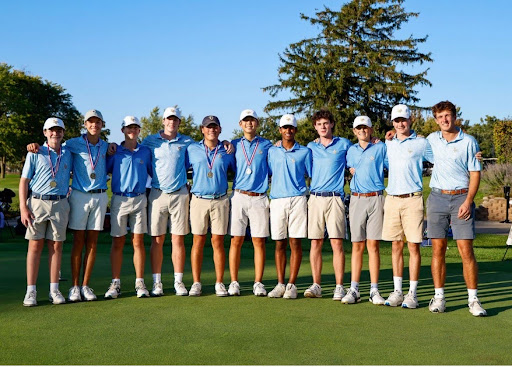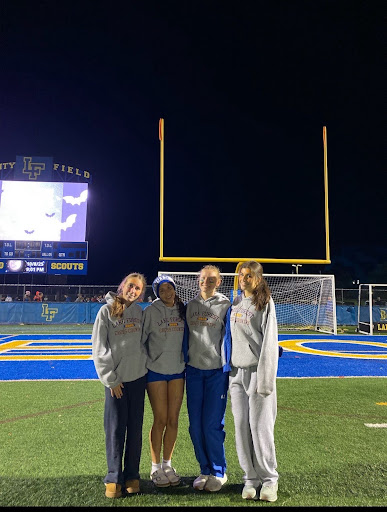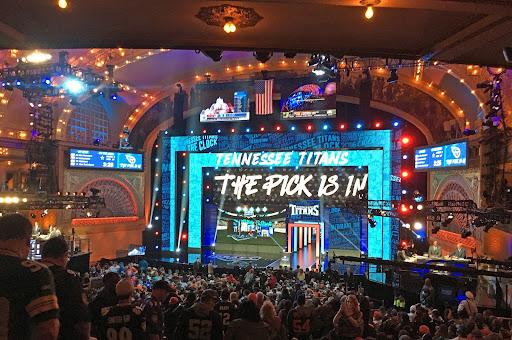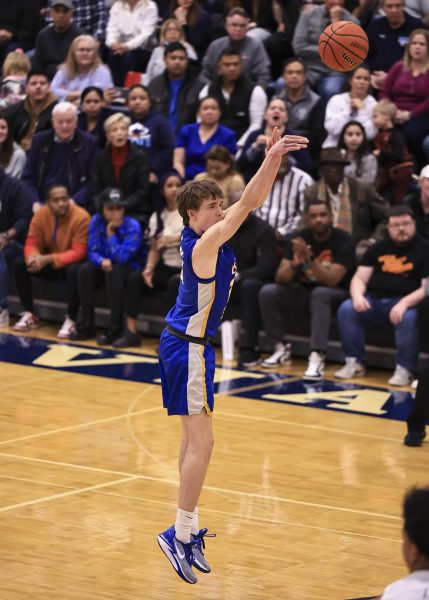The backbone and culture of the infamous college basketball tournament March Madness has been shifted into a different style of results. This highly anticipated tournament is called madness for a specific reason: it’s truly madness. Each and every year, everyone’s brackets get busted by an unexpected school people don’t think will advance.
This past NCAA basketball tournament marked a rare experience in history by being the third time ever that all Final Four teams were one seeds. Though these teams were filled with highly talented players, the transfer portal involving new opportunities with NIL has created these teams to be so powerful.
For instance, the Southeastern Conference (SEC) set a record for most teams from a single conference to make it to the NCAA tournament with 14 teams, two of which made it to the Final Four. Florida then won the National Championship to bring the SEC another title.
The SEC are the leaders in NIL across all of college basketball. This is because these schools typically have the greatest athletic booster support, high athletic department revenues, and ultimately some of the largest colleges in America. This led each of the teams to build a strong roster with the amount of money that they have in order to develop a dominant roster. The more money these schools have, the more they can pay to the best players.
With the NIL being implemented, the number one ranked recruit out of high school, five-star freshman from Duke and the National Player of the Year (NPOY) Cooper Flagg, was the highest paid college basketball player at an estimated $4.8 million. Duke, being able to pay him this much money, helped guide them to be one of the best teams in the country. Sadly, Duke lost in unfortunate fashion in the Final Four to Houston.
For the sake of March Madness tournament tendencies, it was quite the opposite of madness that everyone expects. The reason for this is because NIL incorporation is stacking top programs across the country. Thus, it was a very unsurprising tournament with limited upsets.
Smaller schools in the tournament had the lack of talent and skill because of their inability to afford more talented athletes. It appears that the larger the school, the better athletes they have.
Leading to the entire March Madness tournament this past year was generating a common theme of not a significant amount of upsets in the tournament, which was very unusual compared to previous years with no incorporation of NIL.
The “cycle of basketball” that is showcased in the tournament is that smaller school athletes that perform well under the spotlight in the tournament are more than likely to transfer to a different school the following season.
This “cycle” leads to a shift in college basketball through the transfer portal. A highly rated coach with two National Championships, Rick Patino, transformed a Saint John’s program this past season leading them into the Big Dance and has spoken out about not recruiting high school recruits. Hearing this news was just the beginning of the new era of college hoops. “You can’t replace them with high school kids,” Pitino said in an interview.
However, Patino isn’t the only coach with this philosophy when it comes to building his roster. All of college basketball is doing this, and in turn, players are choosing schools based on NIL offers. In some instances, college basketball players are getting paid more than a handful of professional players in the NBA.
The allowance of NIL, whether it was for the better or for worse, will leave a significant impact on the March Madness tournament. Fans will still receive the excitement in all the games like they always have, but it might be less likely to repeat some of the craziest events in past March Madness tournaments.

